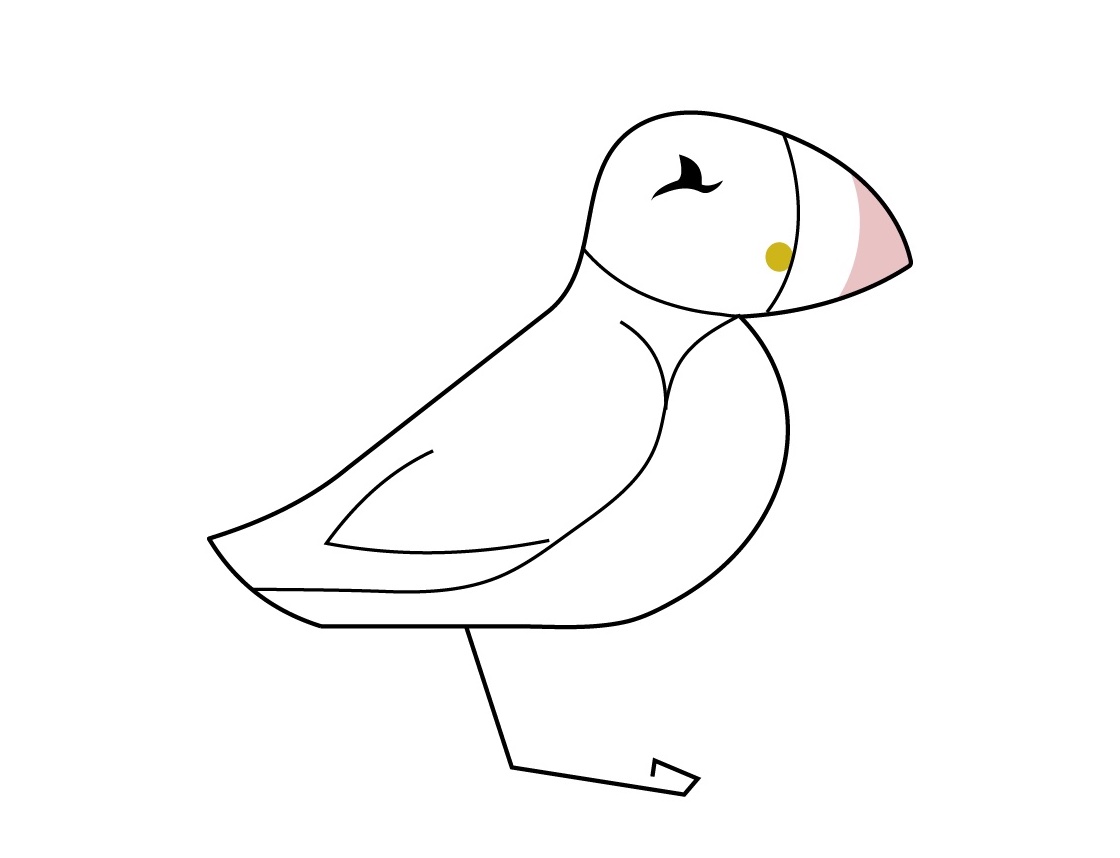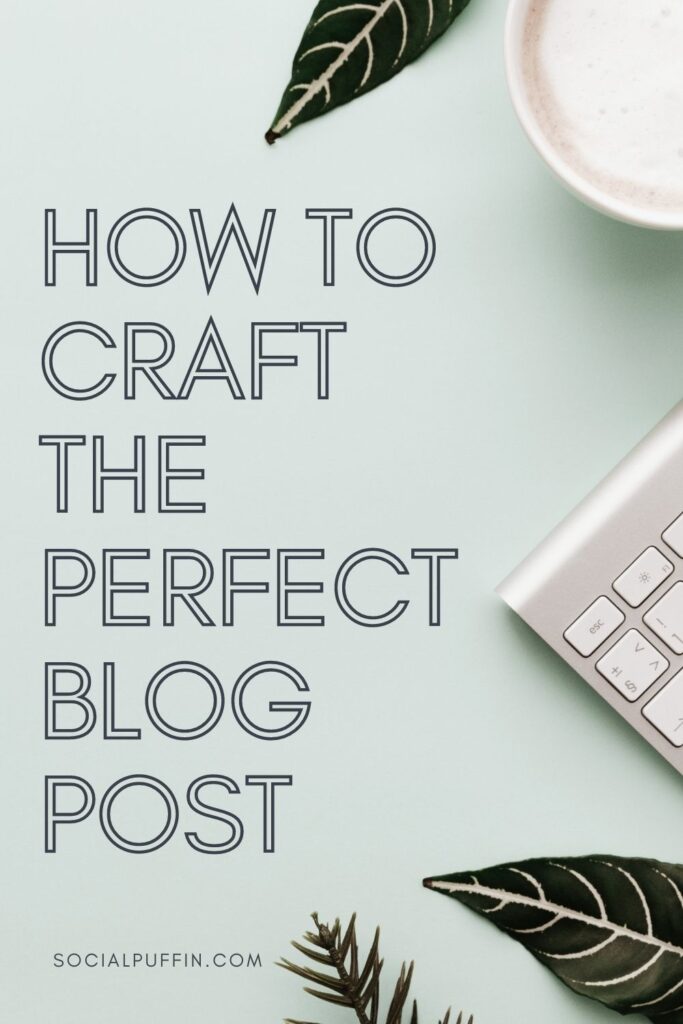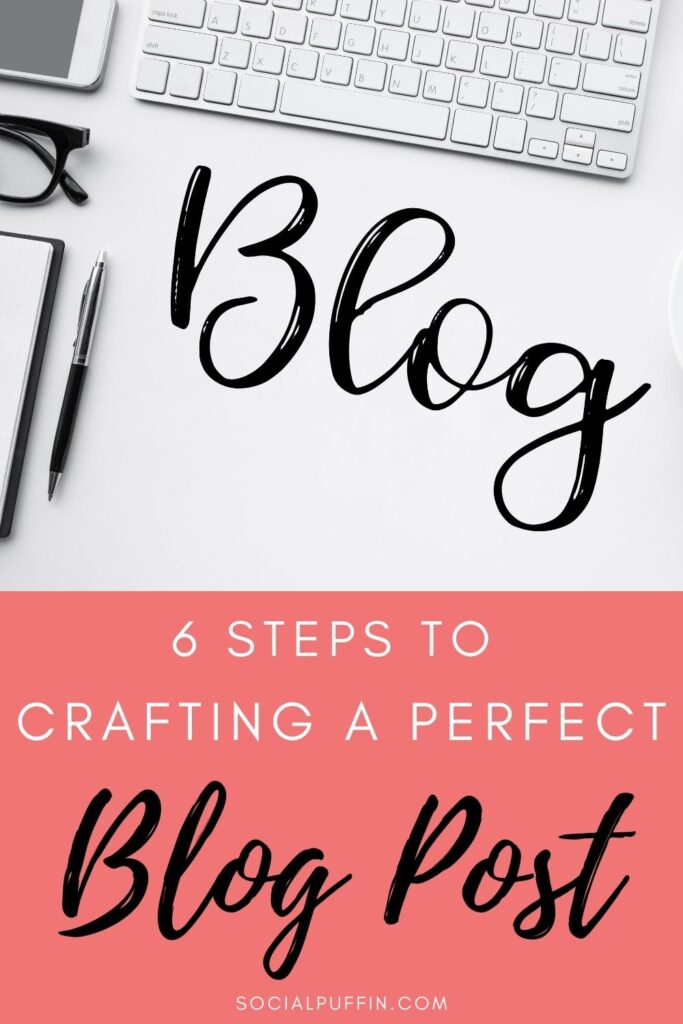It doesn’t matter whether you’re a regularly writer or rarely write, the fact remains that crafting a written blog post requires some special skills and formats.
These are quite particular for writing online content, and if you’ve only written for other mediums, or haven’t written much at all, it’s quite likely you won’t know the few simple steps that can make a big difference when it comes to crafting a blog post.
Because the way we all read online content differs significantly to other types of content.
Because of this, we need to make sure the way we are presenting information, as well the information itself, is relevant to this specific digital medium.
We also need to craft blog posts in line with SEO values.
If you’re not sure what SEO stands for or means, then head across to this post to find out more.
In essence, SEO is about getting your online content, namely your blog posts, to rank well under search engines results and to achieve this, there are certain key elements we need to include in a blog post too.
So with both SEO and your readers in mind, here’s our simple guide to crafting the perfect blog post…
Related Posts
- Why You Need a Blog Section on Your Website
- How to Easily Keep Your Website Legally Compliant
- Top 5 Tips for Improving Your Website Speed
This page contains affiliate links meaning Social Puffin may receive a small commission on any purchases at no extra cost to you.
#1 Picking Your Topic

Yes it’s fair to say we’ve all crafted a good few SEO-friendly blog posts in our time here at Social Puffin and the place we always start, is with the topic.
This needs to be clearly defined and should be based around providing value to your readers.
This could be in the form of answering common question, helping them solve specific issues or educating with them great pieces of advice.
Whatever it is, you need to make sure that the topic of your blog is relevant and useful.
Not for you, for your readers!
A great way to get started with finding these topics is to make a note of the regular questions your customers ask you, the common problems they have or the frequent gaps in their knowledge which you, as an industry expert, can help them with.
Use these notes as the base for each of your blog posts, setting up the issue in the introduction and providing the answers, tips or solutions as you move through the main body of the article.
Also ensure you research your topic fully before crafting your blog post – even have a look at other websites that have blog posts about similar topics.
Checking you’re covering all the areas of that particular issue, and providing as much detail and as many actionable steps as you can, is key when it comes to giving your readers the most value and crafting the best blog post possible.
#2 Title

Once your blog post is written, it’s then time to craft your title.
Yes it may sound strange to complete the opening of the article last, but we often find that it’s once the article is written, and the parameters of its guidance and advice clearly laid out, that the title can be most easily formatted.
So it goes without saying that your title should reflect the nature of your chosen topic and also let the audience know what to expect within the blog post.
The title should be catchy, punchy and grabbing, with a good use of power words – things like “top”, “best” and “ultimate” are common power words.
You can use this headline analyser tool if you need some more ideas in this area.
You also want to ensure your title isn’t too long.
This is crucial for SEO, where you’ll want to be certain the full length of your title is visible in any search results.
You also want to ensure your title features some long tail key words.
If you’re not sure what long tail key words are, we’ll go into this a different article (as it’s a huge topic).
If you are familiar with keyword research, then go ahead and conduct your audit and then be sure to put any long tail keywords in the title of your post, preferably near the start.
#3 Formatting

Now we move onto the formatting of your perfect blog post.
And the key point to remember here is that your readers will be absorbing your content through a screen, most likely a phone screen that requires scrolling.
For this reason, you want to make sure you have a lot of white space within your blog post, particularly as separators between paragraphs and headers.
This helps break up your content and makes it more visually appealing and easy to read.
You also want to ensure your text size is correct and the font you’ve chosen is both legible and unlikely to get on peoples’ nerves!
You also want to include a lot of headers in your blog post – these help break up the content further, meaning you audience can quickly scroll to any especially relevant sections, or they can skim read the headers to ensure the content is likely to answer their query before diving in further.
Headers are also key SEO indicators and including them is a very important way to ensure search engines can ascertain the nature and value of your blog piece.
#4 Length

Next up we want to discuss the issue of length, which can be very contentious within blogging circles, as there’s a lot of debate as to what sort of word count is best for a blog post.
In our humble opinion, we recommend you create blog posts of at least 1000 words, but ideally 1500-2000 words.
This may go against your thinking that readers want short and quick answers to their questions (which they do), but they also want proper answers that fully explore the topic and give well-researched and balanced advice, which you’re unlikely to be able to do in under 1000 words to be honest.
It’s also widely considered that the best SEO practice is to write longer blog posts, as again this is a key indicator to search engines that your written content provides real value, rather than glib or flimsy ideas.
The more you write, the greater ability you have to also rank for other long tail key words.
#5 Images

And another factor when you write longer content is that you can include more images.
Here at Social Puffin, we recommend you use at least 5 images within the body of your text, plus a title image and ideally some images designed for Pinterest too.
Just look at any of our blog posts, including this one, to get an idea about what we mean!
Images are another way to up your SEO game and, if you can use alt tags to label them correctly, you get double points!
Images also help break up content, making it more reader-friendly and appealing.
They help draw the eye down and keep audiences engaged while they are scrolling.
And finally, images can be used to brilliantly convey your message, point, tip or piece of advice. For visual learners in particular, this is key.
#6 Linking

And finally, we come to linking.
All good posts must contain several links both to other blog posts on your website i.e. internal cross-linking, as well as to other external websites i.e. outbound linking.
Links are crucial for SEO, they help search engines crawl content across websites and connect the dots in terms of the sort of information you provide.
But they also help readers discover other pieces of your content they may find relevant or useful.
Especially if you have a series of blog posts, like these ones centred around SEO, creating internal links to those other blog posts in the series can be very useful for audiences trying to learn more or dig deeper.
In this way, your blog post can provide even greater value.
It’s also crucial you label your links correctly.
If a link is unpaid, not sponsored or not issued in return for a gifted item, then you can leave it as a regular link i.e. a dofollow link, which indicates to search engines you’re linking out to another webpage because you believe the information there is genuinely helpful for your readers outside of any financial gain.
If you have inserted a link because it has been in return for some financial incentive, or in return for a gifted product or experience, then you must make that external link a nofollow or sponsored link, to allow search engines to recognise the fact you’ve inserted that link (at least in part) for financial gain rather than because it adds stand-alone value.
We realise this is a complex issue, which touches on the more advanced levels of blog content creation for SEO, but we couldn’t not mention it here as its so crucial.
If you want to learn more about this topic, which you definitely should as it’s a key part of any search engine guidelines, check out Google’s advice on the matter here.
PIN IT TO PINTEREST!
And that’s our 6 point guide to crafting the perfect blog post.
There’s a lot more details concerning complex issues around SEO than we go into in this post, but hopefully this guide will serve as a useful overview for those of you who are just getting started.
As usual, any questions you may have, please pop them into the comments below, or email us at [email protected] and we’ll get back to straight away.




